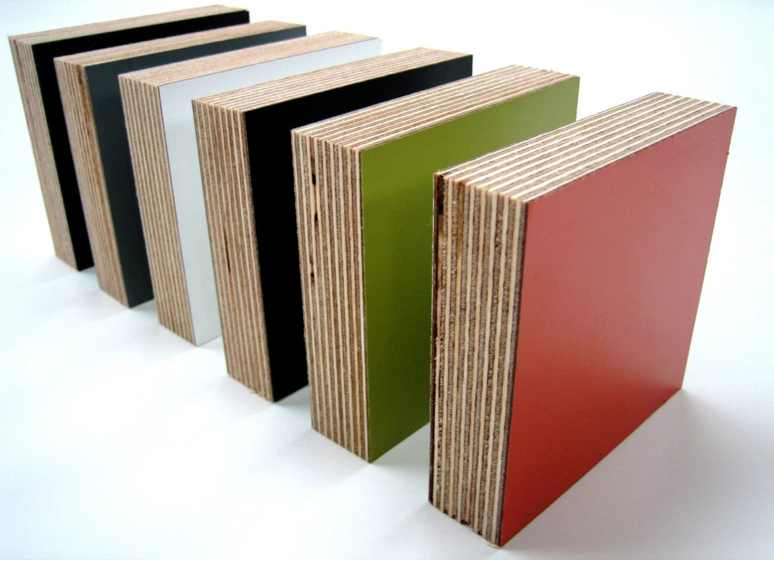Bandages are a necessary part of any first aid kit, but they can also be used for a variety of other purposes. In this blog post, we will discuss nine common uses for bandages that you’ll wish you knew about sooner.
To be able to use the right bandage for the specific purpose, be sure you know the different types of bandages.
1. To keep a wound clean and free of debris
If you have a cut or scrape that is bleeding, it is important to keep the area clean and free of debris. A bandage can help to do this by creating a barrier between the wound and the outside world.
2. To protect a wound from infection
Bandages can also help to protect a wound from infection. This is especially important if the wound is deep or if there is a risk of it coming into contact with dirt or other contaminants. If you are concerned about infection, be sure to choose a bandage that is made from an antimicrobial material.
3. To help a wound heal
In addition to keeping a wound clean and protected, bandages can also help to speed up the healing process. This is because they provide a warm, moist environment that is conducive to healing. If you are using a bandage to help a wound heal, be sure to change it regularly and keep the area clean.
4. To relieve pain
If you have a cut or scrape that is causing you pain, a bandage can help to provide relief. This is because the pressure of the bandage can help to numb the area and reduce swelling. If you are using a bandage for pain relief, be sure to choose one that is comfortable and not too tight.
5. To reduce swelling
If you have a cut or scrape that is causing swelling, a bandage can help to reduce the inflammation. This is because the pressure of the bandage can help to compress the area and prevent fluid from building up. If you are using a bandage to reduce swelling, be sure to choose one that is comfortable and not too tight.
6. To support a joint
If you have a sprained or strained joint, a bandage can help to support the area and prevent further injury. This is because the bandage can provide stability and help to keep the joint in place. If you are using a bandage to support a joint, be sure to choose one that is comfortable and not too tight.
7. To immobilise an injury
If you have a bone or joint that is injured, it is important to immobilise the area to prevent further damage. A bandage can help to do this by holding the area in place and keeping it from moving. If you are using a bandage to immobilise an injury, be sure to choose one that is comfortable and not too tight.
8. To prevent blisters
If you are going to be doing an activity that is likely to cause blisters, such as hiking or running, a bandage can help to prevent them. This is because the bandage will protect the area from friction and allow any fluid to drain away.
9. To treat a fever
If you have a fever, a bandage can help to treat it. It will help to absorb any excess heat and keep you cool.
As you can see, bandages have a variety of uses. So the next time you reach for a bandage, keep these tips in mind and make the most of this versatile product!










